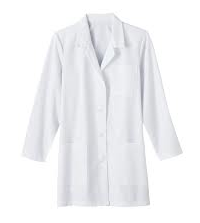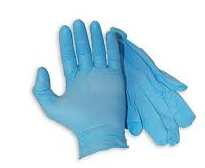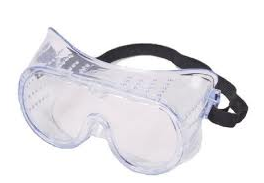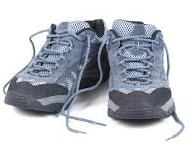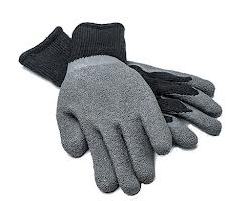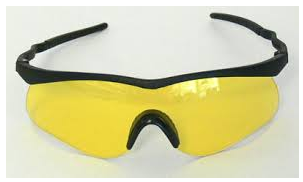UIUC Illinois/Safety/Database
From 2013.igem.org
Return to Safety: UIUC Illinois/Safety
Return to MainPage: Team:UIUC Illinois
Contents |
Safety Database
EtBr
[www.purdue.edu/rem/hmm/ethidbr.htm]
- Ethidium bromide(EtBR) is a known toxin and mutagen. Its use should be limited and it should be handled with EXTREME CARE.
- Only use EtBr in designated areas clearly marked “EtBr contamination” to avoid contaminating other lab areas and equipment.
- Any PPE that has been contaminated with EtBr must be disposed of in an EtBr container
- Latex gloves should not be worn when working with EtBr. Nitrile gloves are sufficient when minimal exposure time is expected. For longer periods of time, use multiple layers or chemically-resistant gloves.
- Wash hands thoroughly and immediately after disposing of gloves
- If accidental exposure occurs:
- Eyes- rinse with water for 15 minutes
- Skin- wash the contaminated area with soap and water
- Clothing- remove and place in sealed bag
- ALWAYS seek medical attention immediately after an accident has occurred
- Methyl Blue alternative- not nearly as hazardous, but may not be as effective as EtBr
Solid Disposal
Sharps
- all sharps should be disposed of in a closed, labeled container. Nothing should ever be removed from the container and it must never overflow.
- The following belong in sharps containers: medical needles, syringe barrels, pasteur pipettes, scalpel and razor blades, blood vials, microscope slides and coverslips, glassware contaminated with infectious agents
- do NOT put the following in sharps containers: plastic items, beverage containers, non-contaminated glassware, solvent/chemical bottles, light bulbs, paper materials, pipette tips, plastic pipettes, aerosol cans, scintillation vials, items with liquid (expect blood in vacutainers
Glassware
- glassware that has not been contaminated by biological, chemical, or radioactive materials can be disposed of in regular trash containers. For large amounts, place broken pieces in lined and labeled cardboard box. This box can then be disposed of in a dumpster.
- do not line the cardboard box with a biohazard or radiation hazard bag
Autoclavable biohazard bags
- used to collect any non-sharp items that have come into contact with biological materials. These bags must have the international biohazard symbol and be stored in a closed container also displaying the international biohazard symbol. After autoclaving, the bags must be placed in a opaque trash bags and sealed before being thrown away.
- examples of items: pipette tips, gloves, petri dishes, PCR tubes, microcentrifuge tubes, non-glass stereological pipette tips, inoculation tubes, falcon tubes
- do not put liquids, glass, or sharps into biohazard bags
- examples of items: pipette tips, gloves, petri dishes, PCR tubes, microcentrifuge tubes, non-glass stereological pipette tips, inoculation tubes, falcon tubes
EtBr containers
- used to collect any materials that have been contaminated with Ethidium Bromide (EtBr). These containers are treated as hazardous waste and must be lined and have a lid. They must be clearly marked “EtBr Waster” and a Hazardous Waste Materials Pickup form must be filed in order to be picked up.
- do not let the container overflow; the lid must keep all waste securely in the container
Liquid Disposal
- biological wastes: can be mixed together and autoclaved before throwing out in sink
- includes: LB, LB+antibiotic, supernatant
General decontamination
- 70% Ethanol- used to clean bench tops at the beginning and end of each day
Electrophoresis machine
- do not lift cover of electrophoresis machine when the unit is turned on
- Certain types of electrodes corrode faster than others. Avoid touching the electrodes when the unit is running or has just been turned off to avoid the risk of burn.
- Aluminum and platinum electrodes are very corrosion resistant, but not as conductive
- Annealed copper electrodes are very conductive, but less corrosion resistant
Proper Bunsen burner technique
- make sure tube is securely attached to gas valve and Bunsen burner
- Twist vent to be slightly open (located near the bottom of the burner)
- Test striker to make sure it sparks before turning gas on
- Turn gas on and immediately use striker by holding at an angle a couple inches above the burner
- Use vent to control the flame
- should be approximately 4 inches tall, with a light blue inner cone surrounded by a slightly deeper blue cone
- Be mindful of surroundings when the flame is lit, taking care not to burn anyone or anything close to the burner
- Turn gas off to extinguish flame
- do not leave an open flame unattended
Appropriate PPE
Return to Safety: UIUC Illinois/Safety
Return to MainPage: Team:UIUC Illinois
 "
"
